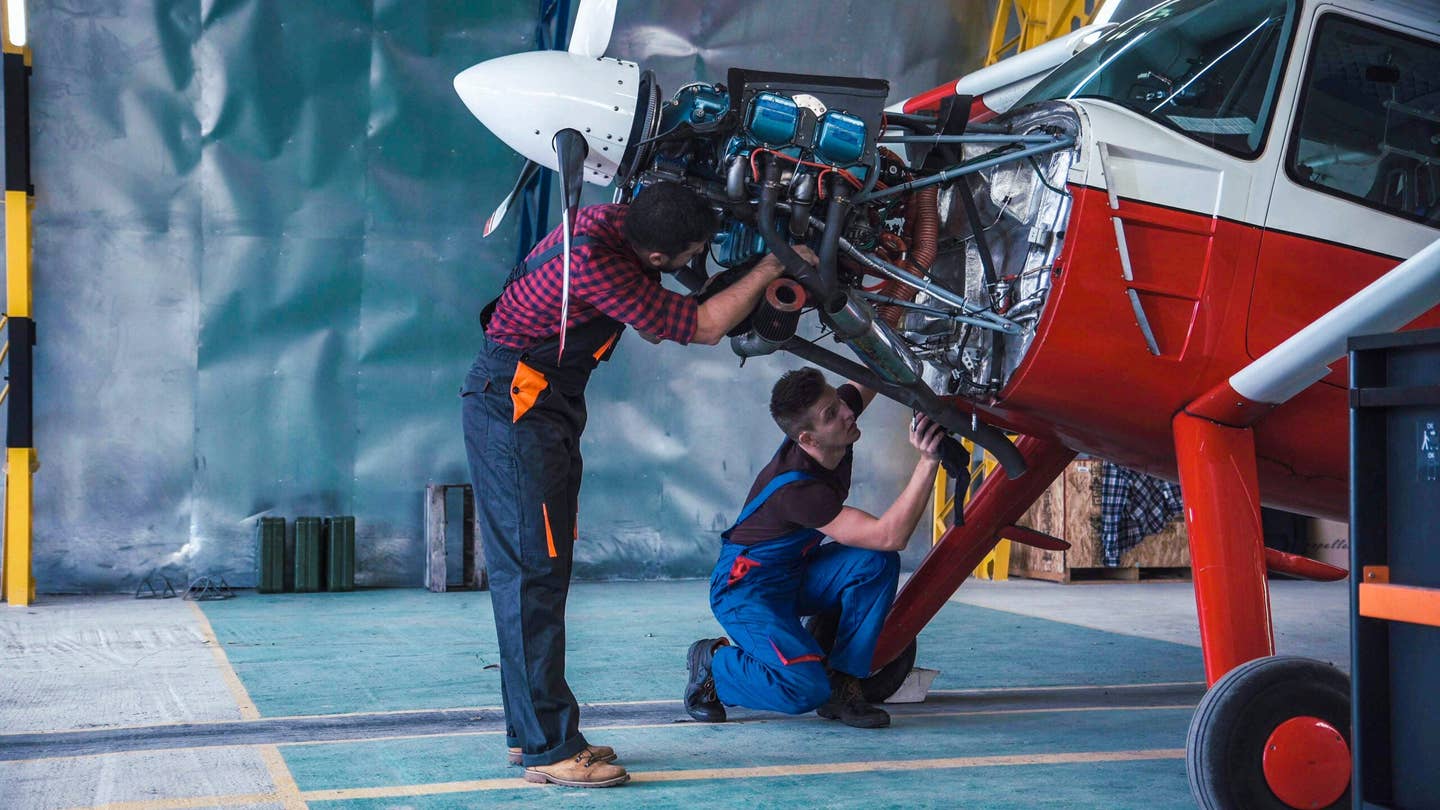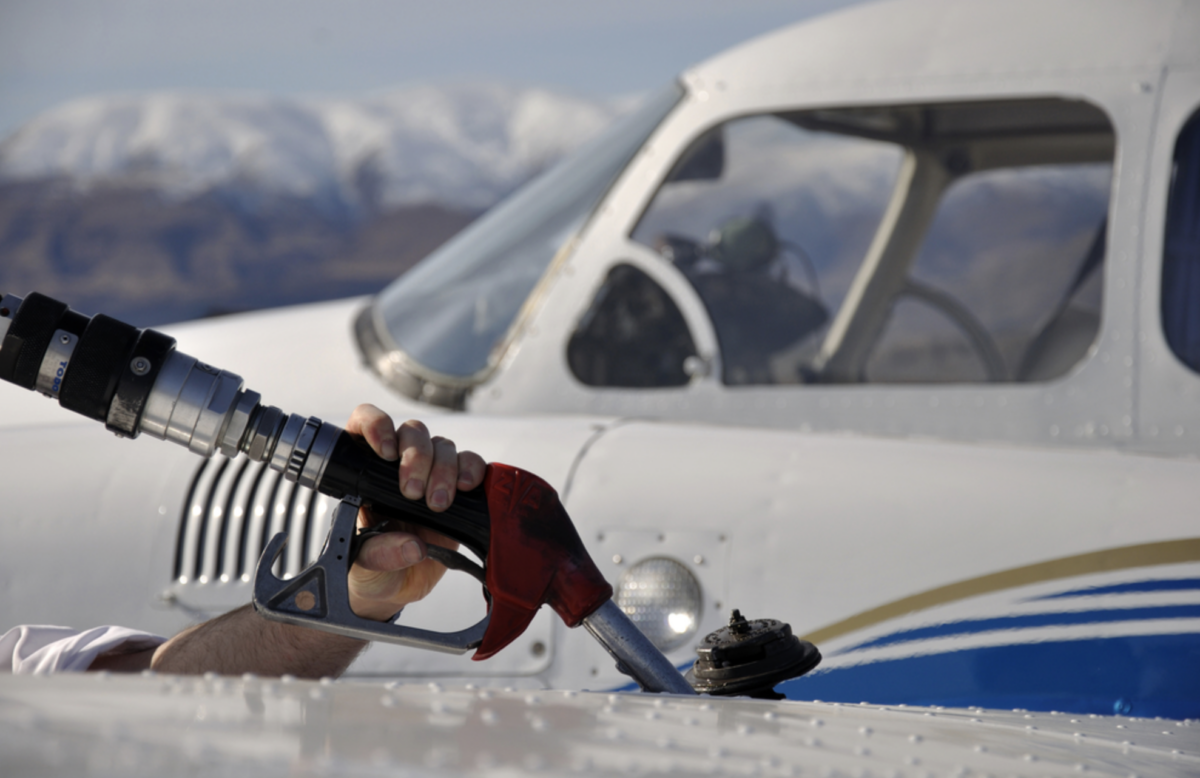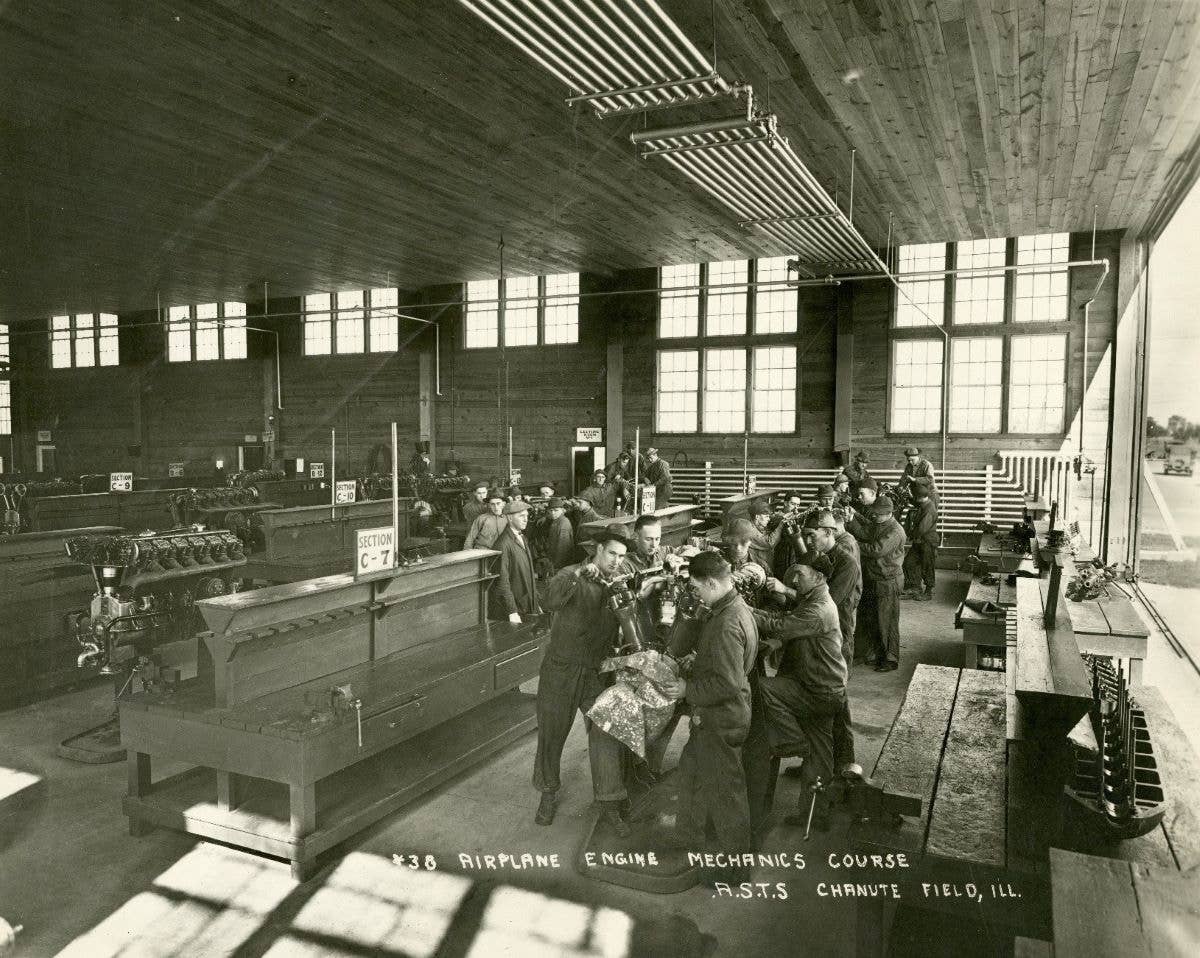National Aviation Day Presents Opportunity to Spark Interest
A looming technical labor shortage has prompted a push to get youth interested in becoming aircraft mechanics.

According to a Boeing forecast, the industry needs “to recruit, train, and hire 610,000 new maintenance technicians.” [Credit: Flight Safety International]
On Saturday, our country will celebrate National Aviation Day—Orville Wright’s birthday. President Franklin D. Roosevelt created the holiday in 1939 to celebrate advancements in aviation. Born in 1871, Wright was still alive to see the first observation before his death in 1948.
Aviation entities nationwide will host fly-ins, roast hot dogs, and honor those who preceded us in the grand experiment of air travel. National Aviation Day (NAD) is for pilots, air traffic controllers, fuelers, logistics professionals, flight attendants, and aircraft maintenance technicians. Each of these trades owes a tip of the cap to the decades of individuals that blazed the trail or runway.
Since I am an airframe and powerplant (A&P) mechanic, my interest starts with Wright brothers mechanic Charlie Taylor. Taylor was the guy who started it all. You could pull up a chair during your NAD gathering and share what you know about aircraft mechanics. Who knows what little ears will be listening?
The Aircraft Mechanic Conversation
Why is there a sudden urge to get our youth interested in becoming aircraft mechanics? The bottom line is the technical labor shortage. According to a Boeing forecast, the industry needs “to recruit, train, and hire 610,000 new maintenance technicians.” The issue is not going away any time soon.
Attempting to keep pace with a growing industry is tough enough, but the flip side is the aging workforce.
The Associated Press, citing government data on the airline industry, recently reported that more than one-third of mechanics are between 55 and 64 and fewer than 1 in 10 are under 30. Even if we can get new talent involved in aviation maintenance, who will train the recruits? If recruiters can get new aircraft mechanics signed into the ranks, someone has to train them.
The learning curve for aviation maintenance is steep, and newcomers face daunting challenges to get up to speed. Technical manuals are a guide, and newly developed computer-based training (CBT) is another helpful tool, but nothing can replace a strong mentor. I cannot stress that enough.
Sparking an Interest
There has been a surge of aviation technical training avenues in recent years. Some schools introduce aviation and aircraft maintenance to kids in high school. While I applaud these efforts, I think that is still not soon enough. Some youths are already gravitating to their chosen profession in their mid-teens, especially those not headed to a four-year university. They are more likely to join technical trades, such as becoming an A&P mechanic. How do I know? I was one of those kids.
Children are a blank slate—little brain sponges, soaking up their environment and rapidly advancing toward the future at the speed of light. Blink and you just might miss it. I vote we start in elementary school.
Educational Resources
Sparking interest early in life can be a blueprint for future occupation when children come of age. KidsKonnect offers educational resources for National Aviation Day, including worksheets and activities.
Remember making paper airplanes in school? Well, if you are going to do it, you might as well do it correctly. Here is a page from the Kidspace Children’s Museum website with a video tutorial.
For older kids, the Institute of Electrical and Electronics Engineers offers free aerospace activities that are more detailed and complex.
NASA also offers a list of ideas to help generate an interest in aviation for kids. The first suggestion—take a photo with arms stretched like airplane wings— should stand out to you. Most people do this all day long! They even give you the hashtag #NationalAviationDay to include in your photos. We could start a movement. The agency also reminds us of all the incredible technology that goes into airplanes.
NASA also suggests visiting one of its visitor centers or science museums or watching an aviation-themed movie. That looks like a highway to the danger zone for me.
The space agency also advocates taking an introductory flight lesson on building an airplane. Now we are getting somewhere. But remember these don’t all have to be accomplished this year.
Among other recommendations, NASA also suggests going on a plane-spotting picnic near an airport. This is the best advice of all. Grab a shady spot and pack some grub. My hometown airport, Atlanta Regional (KCCO), has picnic tables under a covered pavilion. Let the kids walk the ramp—supervised, of course. Most regional and GA airports have people on duty at the terminal, so ask them questions. Most are more than happy to help.

Subscribe to Our Newsletter
Get the latest FLYING stories delivered directly to your inbox






